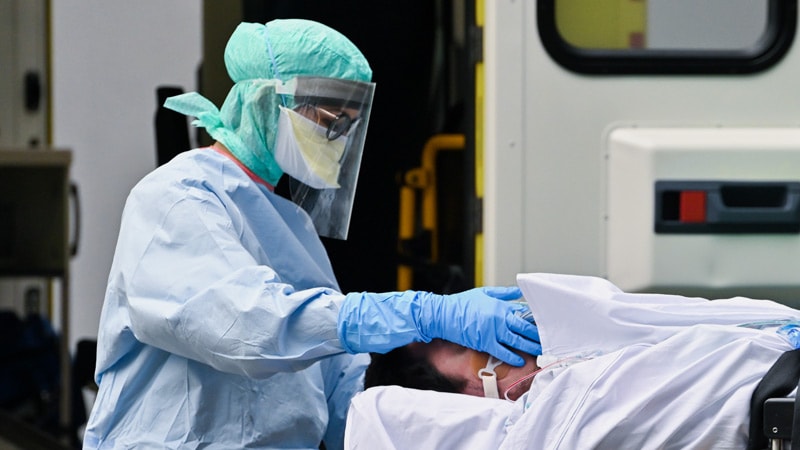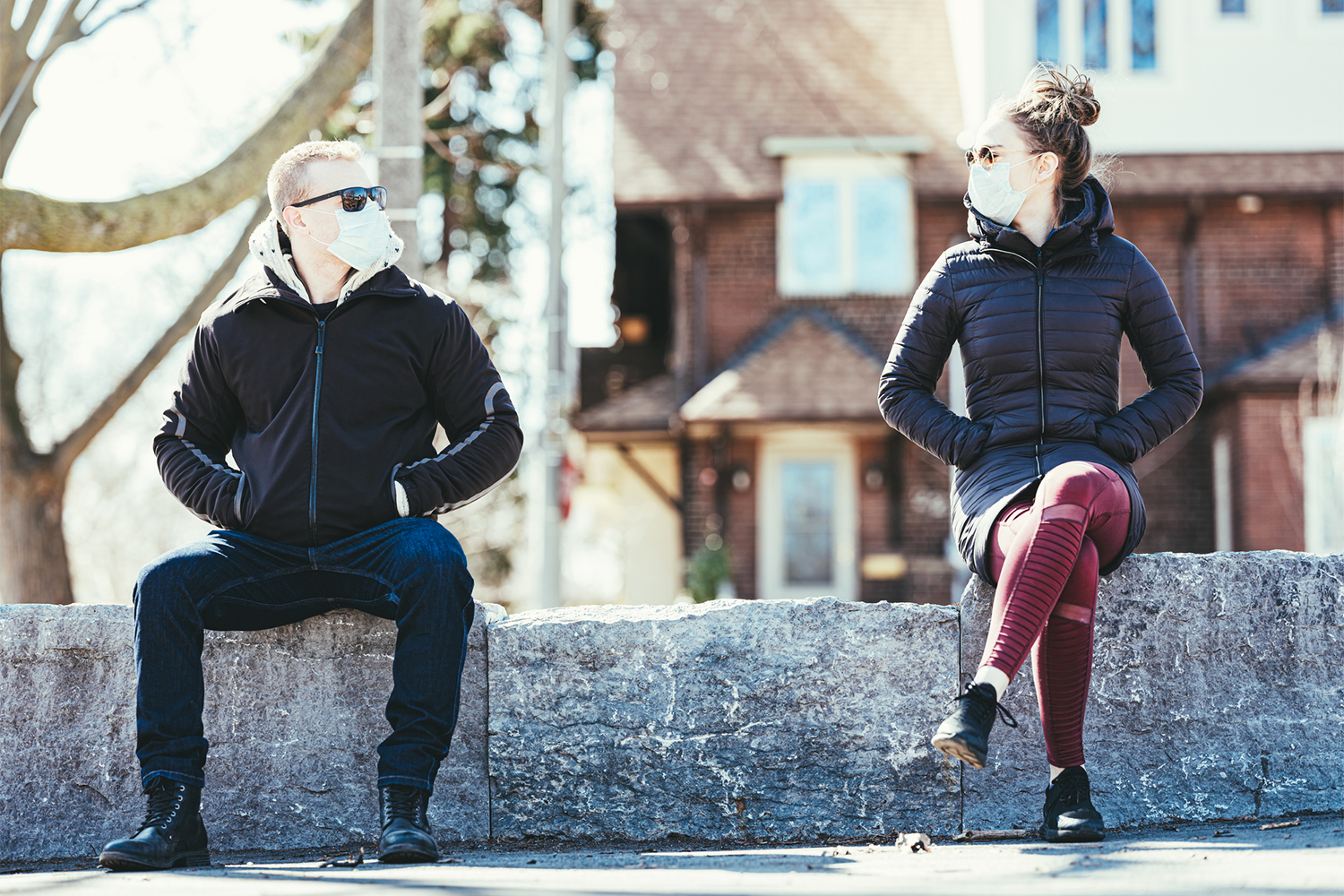
Image from medscape.com
Shreya Thiagarajan
As Texas reopens public spaces before the nationwide Covid-19 lockdown ends, a question on a lot of people’s minds is how we can resume normal activity outside without being at substantial risk of contracting the coronavirus. Previously, the Center for Disease Control stated only those with COVID-19 or healthcare workers directly serving coronavirus patients were required to wear personal protective equipment (PPE) to prevent the spread of the virus. However, more and more counties are increasingly requiring their residents to wear a cloth face covering or mask when visiting public places, such as grocery stores.
The N95 respirator (or the European equivalent, known as FFP2) is one of the most effective masks recommended by the World Health Organization to wear by healthcare workers due to its ability to filter out about 95% of small particles. Yet, due to the shortage of masks and PPE in the United States, most healthcare workers resort to using and reusing existing masks that are available in the workplace; N95 masks are now mainly restricted to those tasked with aerosol-generating procedures.
The rest of the public falls under the category of restricting virus spread in “non-healthcare settings”, as defined by the US Department of Homeland Security. Mask use in these community settings is not mandated, and there exists no formal recommendation of a specific DIY mask to wear because research on household materials’ ability to filter out virus particles has not been studied extensively. The CDC has guidelines for mask creation and use, stating that masks should be made with several layers of fabric, should be secured around the ears and fit snugly against the face, should allow for unrestricted breathing, and should be machine washable. It is only strongly recommended to wear these masks in public settings where social distancing is hard to carry out, such as grocery stores. Those under the age of two and those with other breathing issues need not wear the mask unless they are suspected of carrying the virus but are asymptomatic.
https://www.cdc.gov/coronavirus/2019-ncov/prevent-getting-sick/diy-cloth-face-coverings.html
